SLC Summer abroad program in Berlin goes beyond the classroom
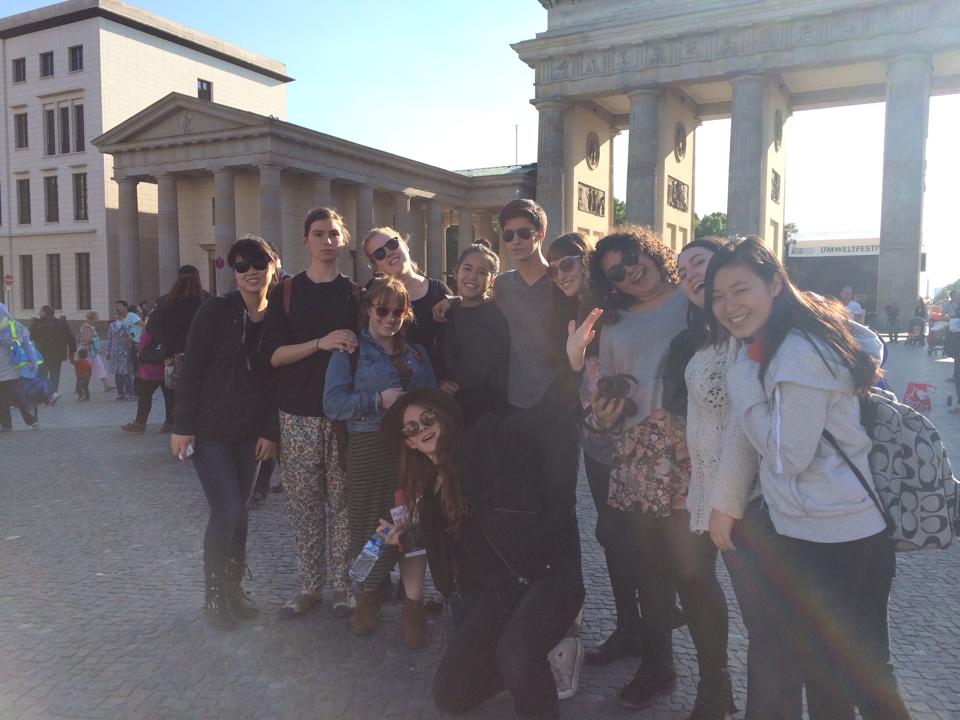
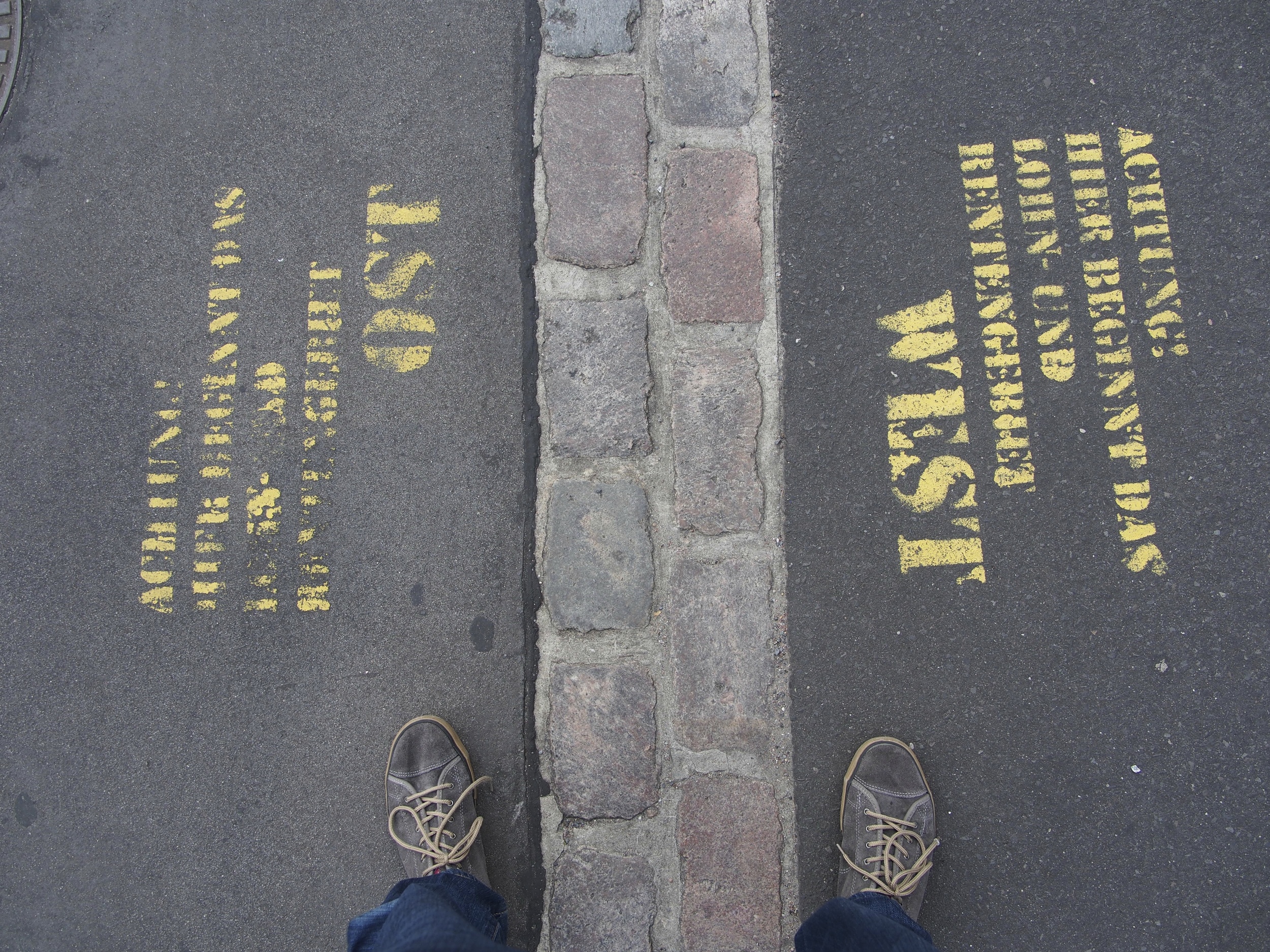
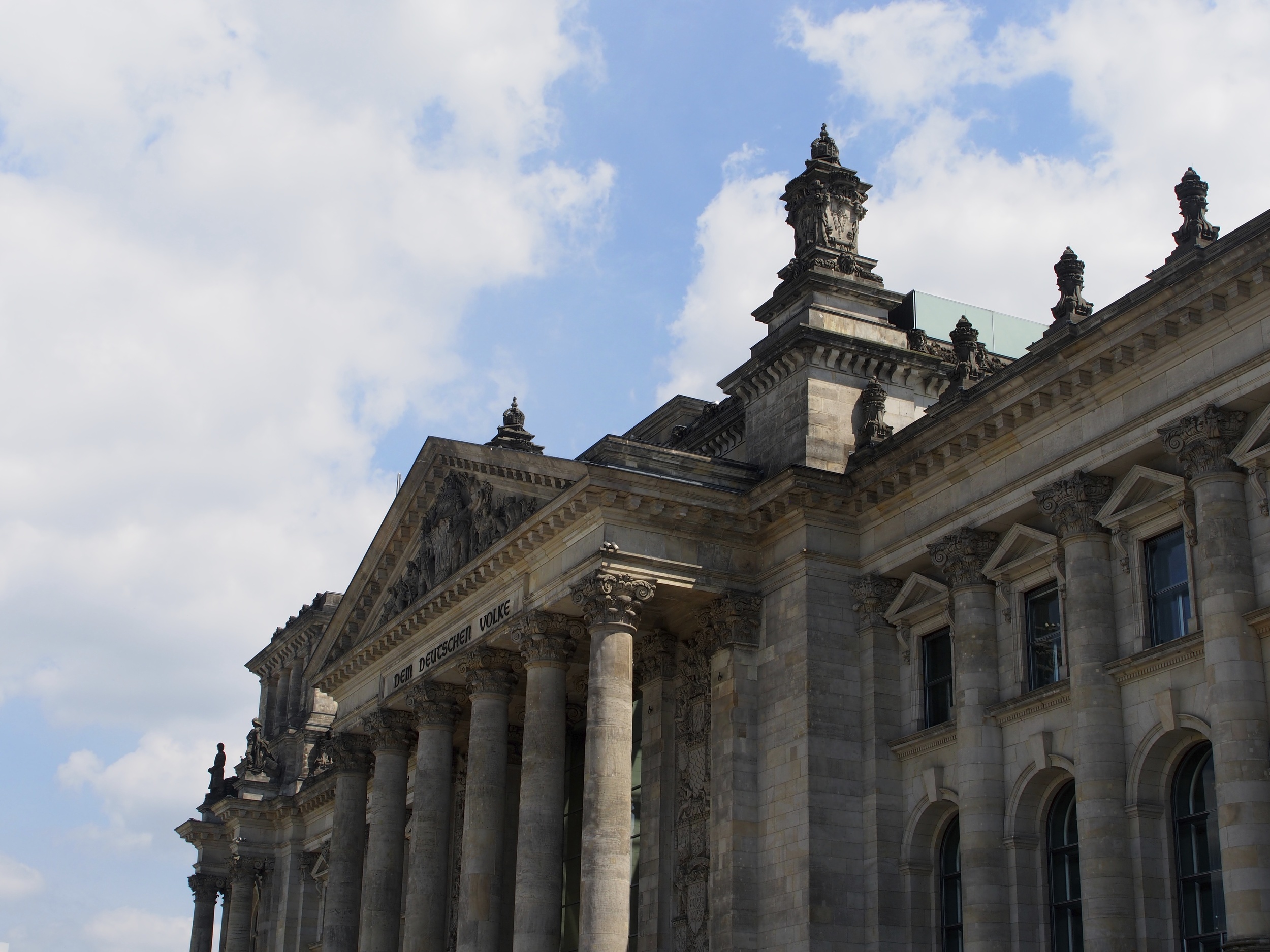
Berlin exists as the setting for some of the darkest and most tragic historical events of the 20th century. With Berlin as its capital, Germany saw itself as the aggressor of both World Wars. Then, in the aftermath of World War II, the city became the epicenter for the Cold War, with a wall that physically divided the opposing sides and their respective ideologies.
That was the extent of my knowledge of Berlin prior to the Summer Arts in Berlin program, headed by Jacalyn Carley and SLC’s own German language professor, Roland Dollinger. I learned later that the city’s tragic history, while very much apparent and real, actually acted as a catalyst for incredible movements and developments within the arts. What the program manages to uniquely capture is the study and understanding of these artistic movements, and how they are representative of the historical occurrences that brought them into being.
I came to Berlin with only a very vague idea of what I was going to do there and basic knowledge from world history classes, but I walked away with a thorough understanding of modern German history through the lens of the arts. As a plus, I also developed my drawing skills and produced some of my favorite pieces to date.
The program offers three main tracks: arts and architecture, language, and dance. Within these tracks students take part in "morning practice," a time when they get to develop skills in their chosen medium, and attend art history seminars that vary from course to course. There is also a modern German history seminar component that meets twice a week. Jacalyn warned me prior to coming about how tiring the trip was, but since I had chosen the arts and architecture track, and specifically chosen drawing as my art form, I seriously doubted that a drawing class would involve that much physical activity.
I was wrong.
Photo by Nabila Wirakusumah '17
The days were long and busy to the point of exhausting. The classes spanned two to three hours each, and though there were generally only two a day, I spent most of my class time on my feet learning about the city through exploration. Honestly speaking, I am not even the kind of person that finds that sort of thing exciting. The two weeks before getting to Berlin were spent mostly in the bathtub or in bed, streaming old episodes of Parks & Recreation on Netflix. Learning about how much activity we would be doing during orientation made me very, very nervous for the oncoming six weeks, especially when they mentioned that we were going hiking on our “relaxing” excursion weekend. But, and I cannot stress this enough, it was completely worth it.
I mention the long hours and the tiring walks because they are an important component of the program. But, despite my worries during orientation, I kept an open mind and the trip became one of the most enriching experiences I have ever had. As a student in the arts and architecture track, I found my teachers exceptional in all areas. Through them I found equal parts of support and challenge, and, quite frankly, I believe the work I produced there exceeds the quality of the work I produced during my first year at SLC by far. Particularly with Lara Faroqhi, the drawing teacher, there was never a sense of complacency in her teaching. Simply put, she wanted the best I could produce and nothing less. For that I am immensely grateful.
Aside from my own personal experience, the quality of the trip is perhaps best defined by the final weekend. The program is structured so that there are four weeks of classes and a final week with nothing planned, so that the students can focus on a personal project. It is much like conference week, but instead of being stuck in a depressing library, I was running around Berlin looking for ‘inspiration.’
When the last weekend finally arrived and it came time for us to present our classwork and final pieces, the result was nothing short of amazing. The incredible range of pieces, even within the singular tracks themselves, are proof of how rich Berlin is as a resource for the arts. Each painting, sketch, poem, dance piece, and photo series stood strong and unique, though they all represented a facet of the same wonderful city.
The strength of the final presentations is also more evidence to the success of the program. There are many, many different programs in which you can participate in Berlin. Of course, this one gives you the benefit of SLC credits—but it also stands apart from the rest in that it really takes advantage of all Berlin has to offer. As Dollinger put it, “It uses Berlin not just as a cool location, but as the curriculum...We go to so many sites you could experience only in Berlin. No other program offers this unique combination of ‘doing’ art in Berlin and learning about the history at the same time.”
If you have any interest in the arts, I urge you to go. Whatever level you are at, you will walk away with so much more than you came with. And the extra six credits is just an added bonus.
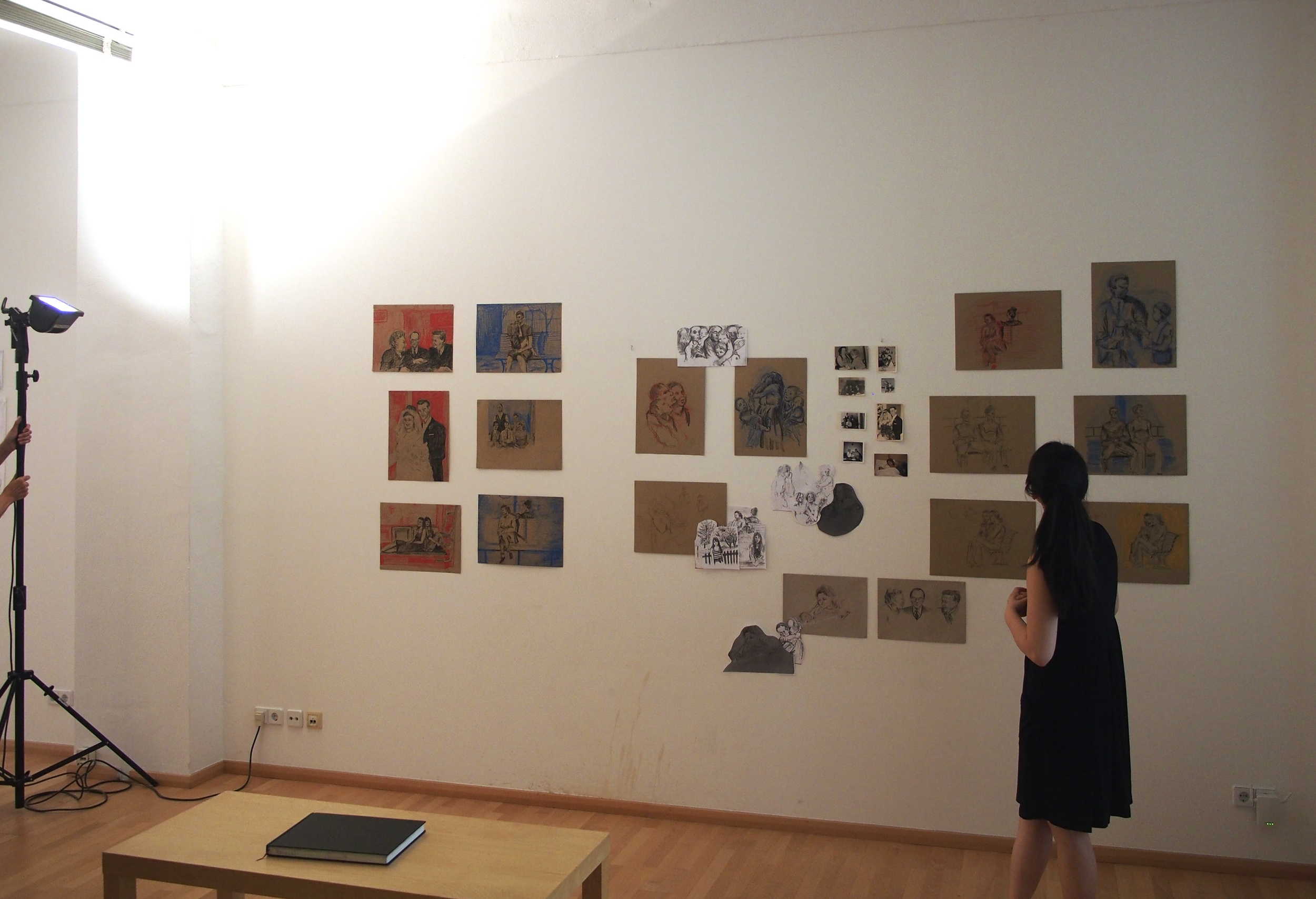
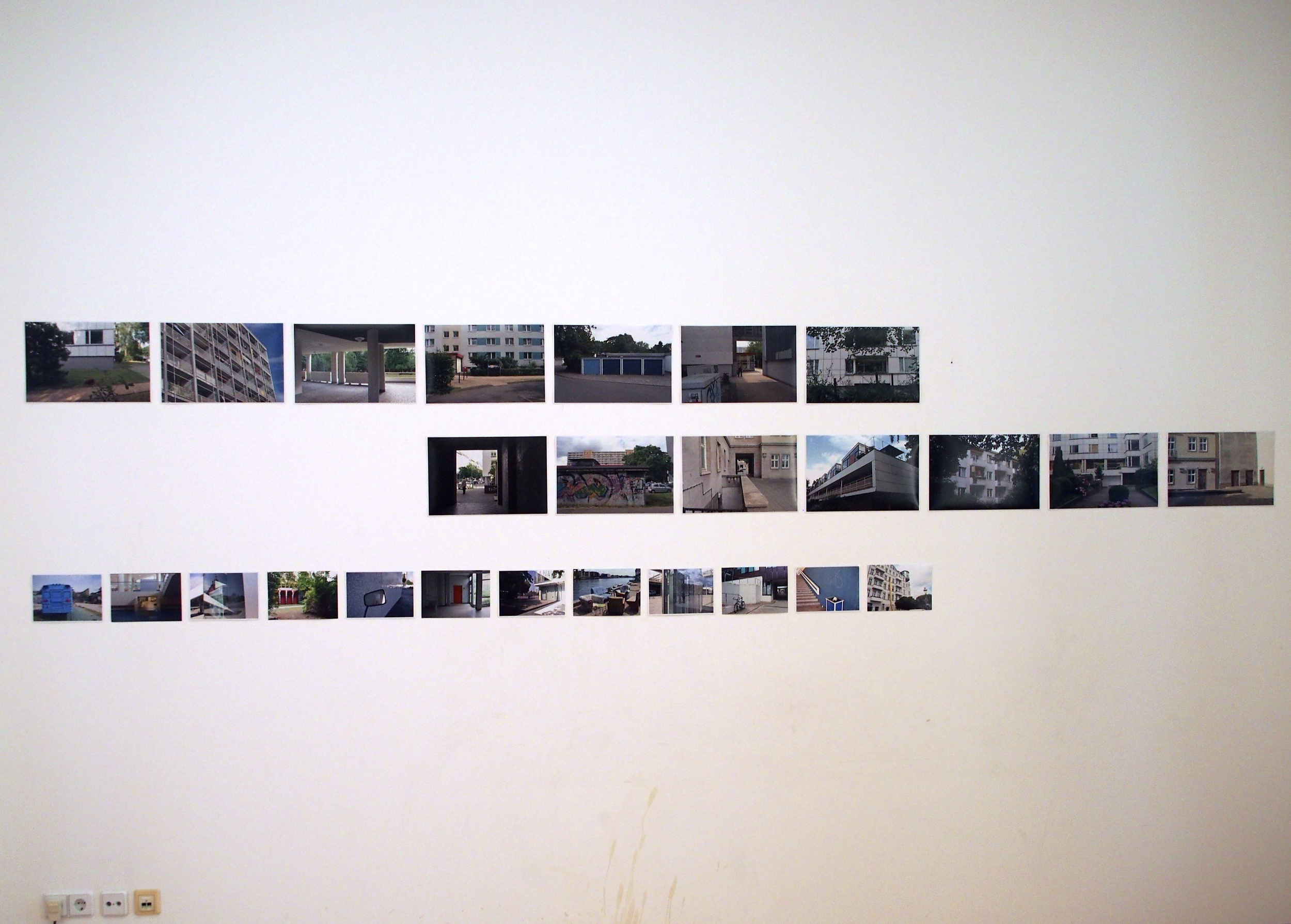
by Nabila Wirakusumah '17
Web Editor
nwirakusumah@gm.slc.edu

